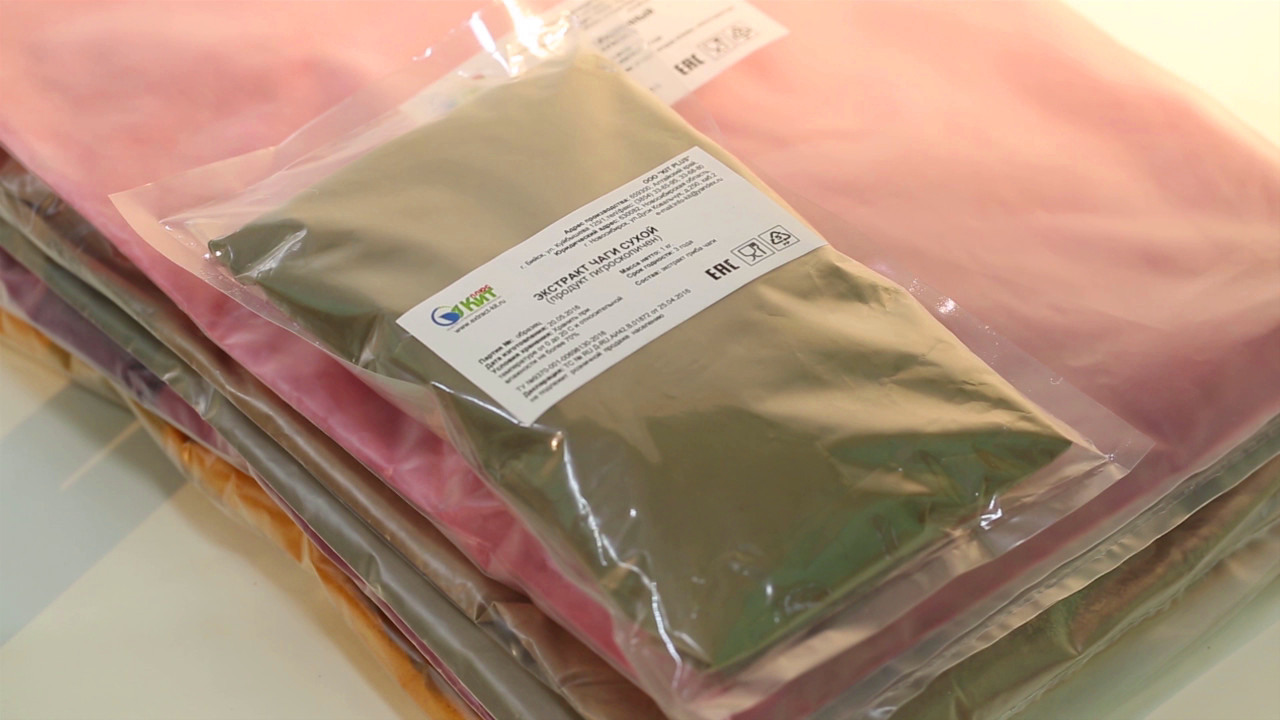



In the leaves of bergenia up to 23% of tannins are contained, and in its rhizomes up to 27%. In addition, 25-27% of tannins, phenolic compounds, phenolcarboxylic acids, coumarin derivative - beregine, as well as isocoumarins, catechins, starch, sugars, mineral salts have been found in the rhizomes. Gallic acid, coumarins, flavonoids, vitamin C, carotene and arbutin were found in the leaves, as well as 2-4% free hydroquinone.
In scientific medicine bergenia is widely used as a medicinal raw material. For medicinal purposes extracts from the rhizome and leaves are mainly used.
Preparations from bergenia are used in various gastrointestinal diseases, and also in gynecological practice as a hemostatic agent and for the treatment of a number of diseases, in particular dysplasia of the cervix, in the form of douching and vaginal baths.
In addition, preparations from the roots of bergenia effective in colitis, enterocolitis noninfectious. Darkened dried leaves of bergenia used for the preparation of aromatic tea or Mongolian cherskogo tea, which generally has a beneficial effect on the human body. Tea bergenia has good anti-inflammatory and antibacterial properties. It lowers blood pressure, helps in dealing with stress, gynaecological diseases and respiratory diseases, as well as tones the body and normalizes intestinal microflora. In addition, it is used to treat pneumonia and rinsing the mouth in various inflammatory processes, also tea from the leaves of bergenia crassifolia is effective for the treatment and prevention of some gastrointestinal diseases.
The plant has long been known as a folk remedy and also as tannins, beautifully flowering ornamental plant and a substitute for tea. The most widely used in Russia bergenia found in Siberia and Altai. Bergenia introduced into cultivation in 1927. Studies have shown a fairly high degree of hepatoprotective properties of bergenia. Medicinal properties of bergenia have long been used in Russian folk medicine, and in Tibetan and Chinese. Leaves of bergenia used for the treatment of tuberculosis, pneumonia, rheumatism, gastrointestinal diseases, diseases of the urinary tract, goiter, toothache. Aqueous extracts from rhizomes and leaves of bergenia is used orally for colitis and enterocolitis noninfectious, when excessive menstruation on the basis of inflammatory processes of the appendages, with uterine fibroids bleeding after childbirth and abortion, as well as chronic inflammatory processes in the oral cavity. Additionally in folk medicine bergenia is used to treat respiratory infections, whooping cough, flu, headache, hemorrhoids, fever, gastritis, etc. Compress of bergenia used for healing wounds, sores and bruises. For these purposes, also used the powder from the rhizome of bergenia. Powder to pour on the unhealed wound.
